A reference map of the human binary protein interactome
- PMID: 32296183
- PMCID: PMC7169983
- DOI: 10.1038/s41586-020-2188-x
A reference map of the human binary protein interactome
Abstract
Global insights into cellular organization and genome function require comprehensive understanding of the interactome networks that mediate genotype-phenotype relationships1,2. Here we present a human 'all-by-all' reference interactome map of human binary protein interactions, or 'HuRI'. With approximately 53,000 protein-protein interactions, HuRI has approximately four times as many such interactions as there are high-quality curated interactions from small-scale studies. The integration of HuRI with genome3, transcriptome4 and proteome5 data enables cellular function to be studied within most physiological or pathological cellular contexts. We demonstrate the utility of HuRI in identifying the specific subcellular roles of protein-protein interactions. Inferred tissue-specific networks reveal general principles for the formation of cellular context-specific functions and elucidate potential molecular mechanisms that might underlie tissue-specific phenotypes of Mendelian diseases. HuRI is a systematic proteome-wide reference that links genomic variation to phenotypic outcomes.
Conflict of interest statement
Figures
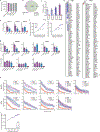


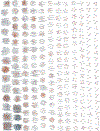
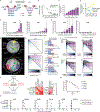

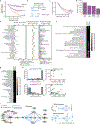







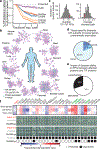
References
-
- Thul PJ et al. A subcellular map of the human proteome. Science 356, eaal3321 (2017). - PubMed
MeSH terms
Substances
Grants and funding
LinkOut - more resources
Full Text Sources
Other Literature Sources
Molecular Biology Databases
Research Materials

